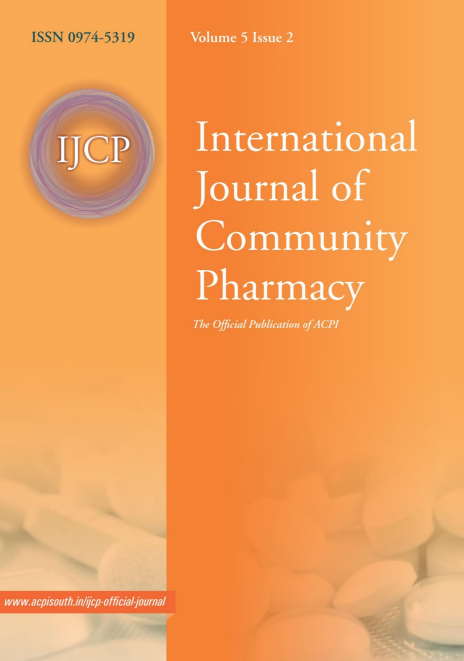A Prospective Study on Combination of Olanzapine Orrisperi Done With Fluoxetine and Their Impact on Quality of Life in Psychosis Patients
##plugins.themes.bootstrap3.article.main##
Authors
Abstract
Objectives: To assess the quality of life, medication adherence and the ADRs in psychosis patients taking a combination of olanzapine with fluoxetine and risperidone with fluoxetine. Methods: A six-month prospective observational cohort study with 100 participants on antipsychotics was conducted at Krishna Rajendra Hospital, Mysuru, in 2023. Data, including quality of life, ADRs, and medication adherence, was collected and assessed using SF-12, Naranjo scale, and MARS-10. Results: The study encompassed 100 participants, with those aged 36-45 (29%) more prone to psychosis. Males (52%) exhibited higher susceptibility than females (48%), and higher literacy levels (65%) increased the risk. Weight range 51-70kg (74%) was common, and most with psychosis were non-alcoholic (93%) and nonsmokers (85%). Regimens improved quality of life and medication adherence. Adverse drug reactions included sleeplessness (13.02%) and weight gain (13.02%), with a total of 307 reported, 201 deemed probable and 106 possible. Conclusion: The study population shows strong adherence, indicating the efficacy and tolerance of the current medication regimen. Findings underscore the need to address both physical and mental health for overall wellbeing. Emphasizing ADR assessment aids physicians in safe treatment selection, necessitating an active surveillance system for identifying and reporting ADRs linked to antipsychotic medicines



